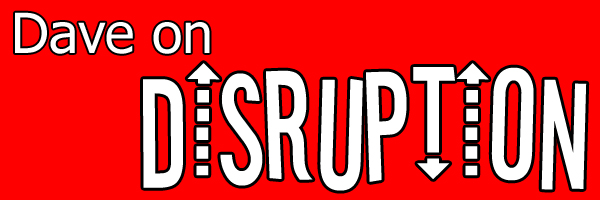
In a recent discussion with a long time friend, I was talking about changes in life and changes are part of of life. I also mentioned that bends in the road (literally and figuratively) are part of that change. When it comes to change in life, the curves are always there. Of course, you can accept those curves or you can stick your head in the sand thus leaving your backside sticking up in the air for the whole world to (well you know where I am going with this). No matter whether your head is in the sand or you are facing the curves head on you nor I can change the fact that the curves are coming whether we like them or not.
There are just so many things in life we cannot change. The twists and turns in life are a guarantee. There are just too many outside factors and influences to make the twist and turns, the curves in the road unavoidable. So don’t fight it. Realize the fact that curves in the road are essential to moving forward. It is critical to growing. When you are moving forward and growing you are winning.
No matter where you go, how careful you are or what you try to do to avoid them, there will always be curves in the road (of life).
Unfortunately, too many people instead of accepting the curves would rather stick their head in the sand and hope the upcoming curves leave their exposed backsides in one piece. Sticking your head in the sand is certainly something that real leaders cannot afford to do. They cannot afford to look weak or appear afraid. A leader that shows fear and acts with fear is not a leader. Sure, it is acceptable to have fear and to be afraid. Fear and being afraid is a healthy part of being a human being. When people look to you to guide them through those curves that is when fear should take a back seat and not be the dominant force that drives or dictates your actions. As a leader, you must control your fear and move forward. Moving forward and moving past the curves is what happens when you gain and maintain control of your fears.
Now, don’t get me wrong. I am not saying that you should be fearless when it comes to facing the curves in life. What I am saying is to know and understand that all curves are there to slow us down when life moves too fast or to help make certain we are on the right path. I see the curves as one of those few warnings that are part of life. Unfortunately, too many don’t see them that way and end up going off track or completely spin out of control. No matter what they do, they cannot change the fact that there will be more curves ahead.
Just like change, there will be some curves we like and there will be some we don’t like, but both are a good thing. It means that we faced a challenge and we either reap the reward or we have to try harder to get to that place where we reach the rewards we are looking for. The curves are the “hard knocks” we have to endure to get there. Whether we like them or not, there is no one size fits all approach to dealing with the curves as they happen. Sure they are a hassle but they are worth it? Of course, the curves are worth it. See anything going through is worth going through so long as you do the best that you can to deal with those issues, as they happen. Sure you can try to prepare for the upcoming curves, just like a road sign warning us before it is too late.
Posted or not, the warning signs are there because there will always be curves in the road (of life). Now you can choose to accept them or you can stick your head in the sand. Personally, accepting the fact there will always be curves ahead makes dealing with those curves a little easier. Dealing with them head on and not side stepping them or avoiding altogether will get you to where you want to go. Besides the reality is that the path from Point A to Point B is seldom a straight line but one loaded with twists, turns, curves, exit ramps and sometimes, a few dead ends. Then again, a journey navigated on a straight line is rarely any fun and where’s the fun in that. Just keep you eyes on the road and you will get there.
